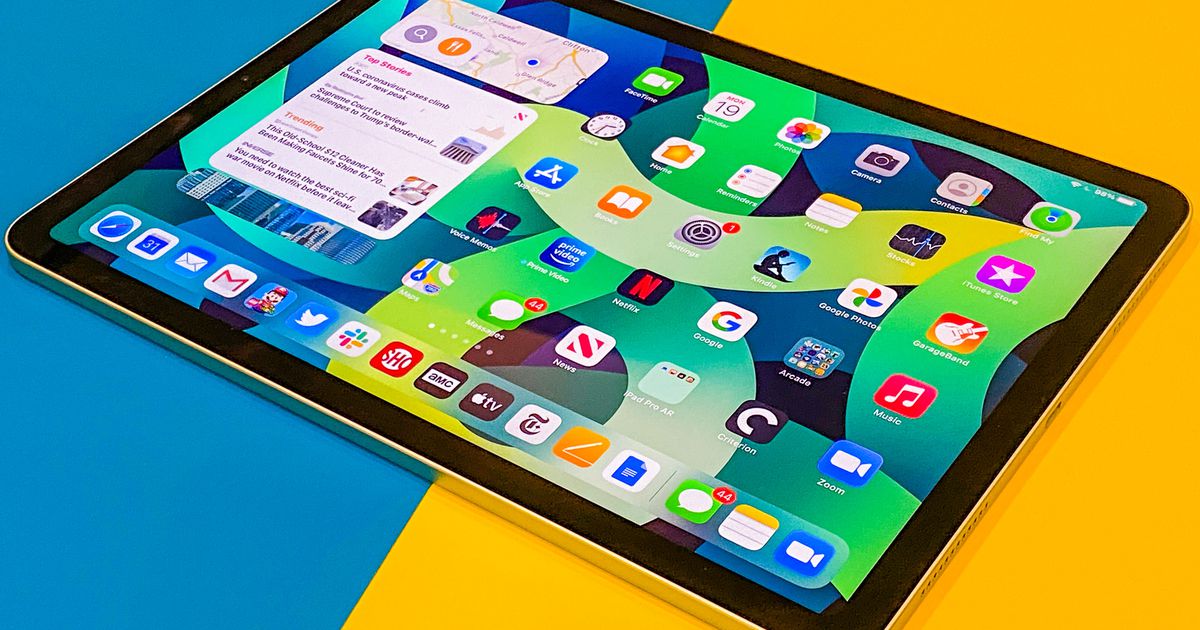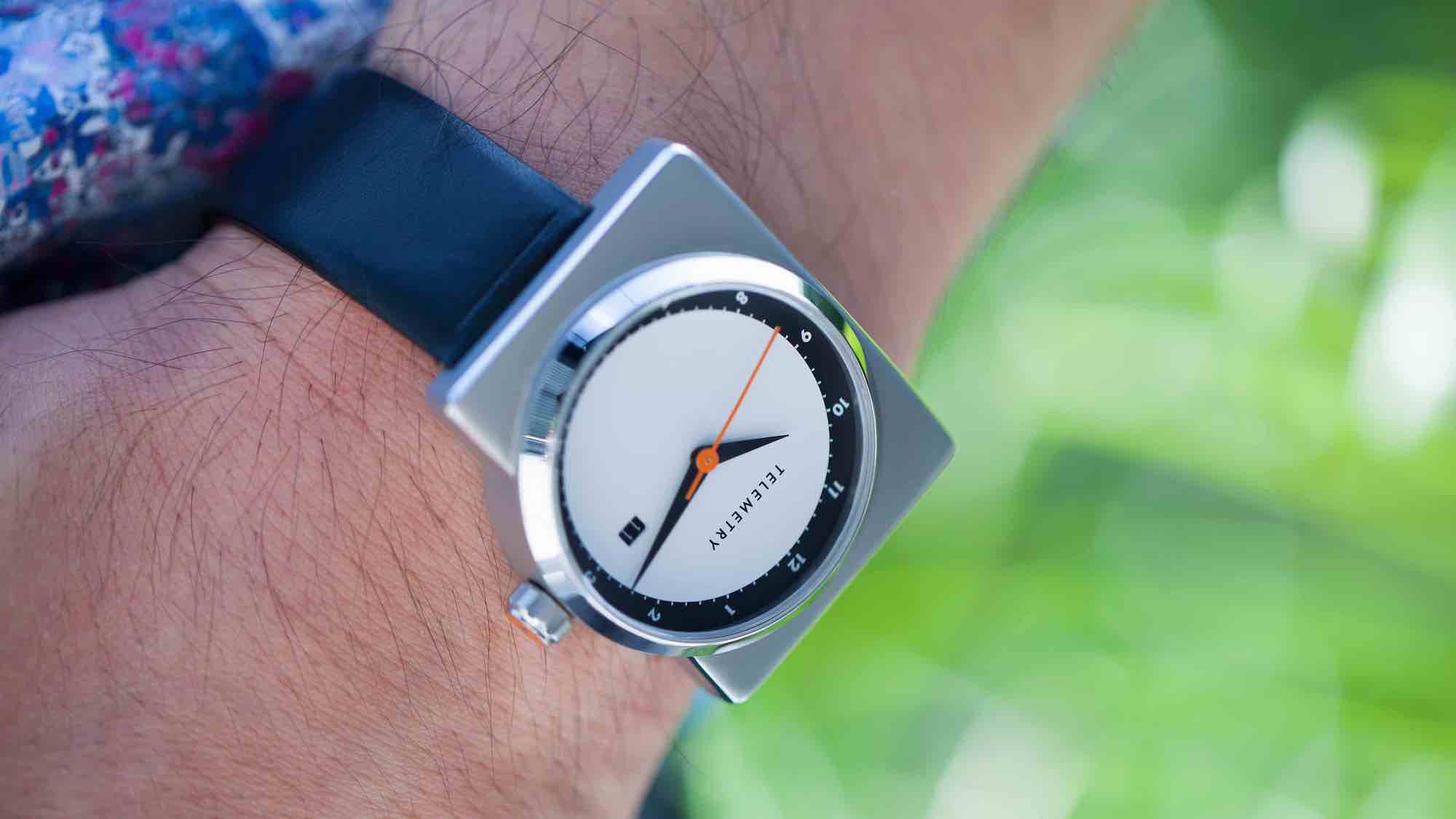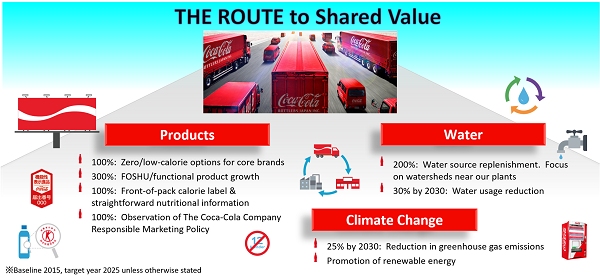It began publicly trading on Dec 12, 1980 and this is the fifth split. Here is a history of Apple's previous splits and its after effects. By then, however, companies had started to change their stance toward stock splits. Many companies no longer felt it necessary to keep their share prices at relatively low levels. As a result, when Apple once again approached $100 per share, the tech giant did nothing. The stock price continued to move ever higher; it was interrupted briefly by the financial crisis, but eventually moved to $700 per share.
Even though the stock climbed into the triple digits by 2007, the company didn't use its previous playbook and instead allowed its shares to continue to appreciate. Despite dramatic volatility both before and during the financial crisis in 2008 and 2009, Apple quickly rebounded and soared to as much as $700 per share by 2014. For instance, if you own 10 shares of Company X at $10 per share, and the company announces a one-for-two reverse stock split, you end up owning five shares of Company X at $20 per share. Usually, reverse stock splits are announced by companies that have low share prices and want to increase them – oftentimes to avoid being delisted.
Each stock that is publicly traded has a certain number of shares outstanding. A board of directors can decide to increase the number of shares outstanding by issuing more shares to current shareholders via a stock split. A stock split is a type of corporate action that impacts the number of shares and the price per share, but not a company's market cap or your percent ownership.
Apple's fourth and final stock split to date happened on 9 June 2014. This was the most significant of Apple's stock splits, with a seven-to-one ratio taking shares from close to $700 down to around $100. Apple wanted to make shares accessible to more investors, but it's also speculated that they set their sights on inclusion in the Dow Jones Industrial Average index. This index acts as a benchmark, with 30 stocks included from key economic sectors. As it's a price weighted average, Apple's stock price needed to be reduced before it was feasible for the company to be added.
It was announced that Apple would join the Dow Jones in March 2015 and it has been a part of the index since March 2019. At the close of business last Friday, August 28, 2020, Apple , the first company to ever reach a market cap of $2 trillion, split its stock 4-for-1 effective for the following Monday's trading session. Apple's stock price went from just shy of $500 per share at the close on Friday (8/28) to open at $127.58 on Monday (8/31). The total value of Apple didn't fall, however, because while the price of a share was cut by 75%, there are now 4 times as many shares outstanding.
The second Apple stock split took place on 21 June 2000, and was also a two-for-one split. Shortly afterwards though, in September 2000, share prices were halved as many technology companies experienced a rapid decline. This was around the time the dot-com bubble burst, where many companies went out of business and others decreased in value.
Apple blamed lower-than-forecast sales, as well as a weaknesses in the education market. While Apple was affected temporarily, the company's shares made a full recovery and went on to achieve new highs. Although the number of outstanding shares increases and the price per share decreases, the market capitalization does not change.
As a result, stock splits help make shares more affordable to smaller investors and provides greater marketability and liquidity in the market. The stock will undergo a 4-for-1 stock split for those shareholders of record on August 24, 2020. This means for each share of AAPL held; you will receive three additional shares, while the share price of the stock will be quartered.
The shares will undergo the "split" after the market closes on August 28 and officially begin trading with the new share price on August 31. When looking at the value of a company's shares, it can be difficult to interpret how successful the company has been based on its stock prices following a split. Apple's current share price of around $408 doesn't look as impressive as it would have done ahead of its four stock splits.
In most cases, stock splits are undertaken by companies when the share price has gone up significantly, particularly in relation to a company's stock-market peers. If the share price becomes more affordable for smaller investors, it can reasonably be assumed that more investors will participate, and so the overall liquidity of the stock would increase as well. There's also a difference between theory and practice when it comes to AAPL's market cap. Simply swapping each share for four shares worth a quarter of the original value has no impact on the worth of a company. It's no different to swapping a dollar bill for four quarters.
But in practice, share prices often rise after a stock split following increased demand. When choosing to split its stock, Apple typically followed the rules that prevailed in the broader stock market at the time. Apple's first stock split in 1987 came after the stock price had reached roughly $80 per share. A 2-for-1 split gave Apple plenty of breathing room to avoid triple-digit share prices.
When Apple stock next came near the $100 mark in 2000, another split sent the share price back downward. Similarly, Apple traded in the low $80s in 2005 when it did its third 2-for-1 stock split. In the case of reverse stock splits, the company divides the number of shares that investors own, rather than multiplying them. To determine a stock's influence on the S&P 500, you first need to calculate each company's market cap in the index. A simple way to do this is to multiply the number of shares outstanding by the price of each share. Then you add all of those market caps together to get the total market cap of the S&P 500.
Finally, divide each company into the total market cap of the index to get the weighted average. Thus, the larger the market cap of a company in the index, the more impact each 1% change in the stock price will have on the index. Apple's financial performance, including its share price, relies heavily on the sales of its products. A high flier through much of its recent history, Apple stock hit new all-time highs toward the end of 2021, with a market capitalization approaching a record $3 trillion.
Apple's first stock split occurred on 16 June 1987, seven years after it became a public company, and it was a two-for-one stock split. It kept share prices low enough to make them accessible to investors. An investor buys a share in Apple in January 2005, so they have one share worth $77.00. After the two-for-one stock split a month later, they own two shares in Apple, but each of these shares is worth half the amount, at $38.50.
If the shareholder keeps these two stocks until May 2014, they will be worth $1,266 ($633 each) as the stock price appreciates. With the fourth stock split, each of these stocks will then be split seven times, so that the shareholder owns 14 shares in Apple. To be clear, stock splits do not change a company's underlying fundamentals. And though the lower-priced shares can attract smaller investors, larger investors already trading the shares can maintain more influence over the price action. The overall market environment is key, as well, and it has influenced trading after the limited number of previous Apple stock splits. Apple is having a great year, and its4-for-1 stock spliton Monday is expected to make the market's most-valuable company even more attractive to a wider universe of retail investors.
But the limited history of Apple stock splits says there is no reason to rush in to buy the lower-priced shares. For each AAPL share you hold, you will have 4 stocks in your trading account, at a price 4 times lower. So, as said, you don't create any value with the split, it's just an accounting movement that makes the share price lower, making it more affordable to buy in the future by more investors. You may think that reverse stock splits are bad news for the company, but this is not always the case.
One of the most famous examples of reverse stock splits is Citigroup . Its share price declined to under $10 during the 2008 financial crisis and stayed there, so the board decided in 2011 Citigroup to do a reverse split of one-for-ten. The split took the price from US$ 4.50 per share to US$ 45 per share. The company—and the stock—survived and is now trading at around US$ 52 per share. On 30 July 2020, Apple announced a 4-for-1 stock split, which will be its fifth split since it started trading.
When Apple made the announcement, share prices were trading at $384.76, 31.03% higher than the beginning of the year. The iPhone maker said that this will make Apple stock more accessible to more investors. It began trading publicly on Dec. 12, 1980, and this is the fifth split. The most recent one adjusted its share price from about $500 to $125.
While one share at $500 is the same investment amount as four shares at $125, Apple executives believed the split would make the stock "more accessible to a broader base of investors." It seems unlikely that Apple will complete another stock divide in the near future. Share prices are still climbing (they are currently trading at around $186), however shares were worth close to $700 before the last split in 2014. Apple may consider another stock split if share prices continue to rise, but for now, this move probably wouldn't be in the best interests of the company.
This is where split adjusted figures come in – they account for stock splits when working out return on investment. With Apple, stock adjusted figures would acknowledge the fact that one stock bought during its initial public offering would now have become 56 shares. Stock divides might not directly increase share prices, but they can often result in higher share prices further down the line. By making shares accessible to new investors, demand can increase, causing the share price to appreciate and the total market capitalisation to rise. While a stock split might be carried out to encourage investment, the split in itself doesn't affect the market capitalisation of a company. Existing shareholders will own more stocks, but each of those stocks is worth less, so there is no change to the total market value of the company.
Of course it's tricky to measure how much of an impact the stock split itself had on prices compared to other factors. When Apple split stocks in 2000, its share price was 60% down 12 months later thanks to the dot-com crash. And because companies usually split stocks when they're performing well, there may be a whole host of reasons why prices continue to go up in the near future. Red-hot Tesla Inc. and Apple Inc. shares rallied to record highs Monday as investors scooped them up at greatly reduced prices following their stock splits.
High share prices can also be a problem for companies that offer broad-based employee stock purchase plans, said Barbara Baksa, executive director for the National Association of Stock Plan Professionals. If an employee saves up enough to buy 10.5 shares, the employee would get 10 shares and the extra money would either be rolled forward into the next purchase period, or returned to the employee. There are no objective truths on when or whether a company should do a stock split, and there are many different ideas on the subject. In loose, general terms, companies split their stock when they want shares trading at a lower price-per-share. Conversely, a company might do a reverse split if it wants its shares to trade at a higher price-per-share. For instance, during the financial downturn of 2008, Citibank did a 10-to-1 reverse stock split when its shares fell so much that it would have been de-listed from the New York Stock Exchange.
Trading for the split-adjusted shares will start on August 31st. After Apple and Tesla's splits, there will be some contracts with "odd" fractional strike prices. The exchange will still make markets for them, but they will most likely open additional strikes that do not have decimals. Most investors would flock to the contracts with even strike prices . This diversion of the volume to the more "standard" strikes may make these particular options less liquid, which, over time, could increase the width of the bid/ask spreads on the adjusted contracts.
A wider bid/ask spread implies that an order may be harder to fill at a "decent" price, and this could eat into your profitability or add to your loss in the end. Each stockholder as of 21 August 2020 will receive four additional common shares for each share held as a dividend. The additional shares will be distributed after trading closes on 28 August 2020, after which will begin trading on a stock-split adjusted basis on 31 August 2020. Tesla published an announcement on 11 August 2020 whereby share prices will become more affordable to investors with a 5-for-1 stock split. The electric car company has been a favourite among our investors so far this year as it has been traded the most every month in at least one country that we are active in.
However, with share prices increasing by 228.5% from the beginning of the year to the time of the announcement, buying a share for over $1,300 may be out of reach for some or may weigh too heavily in a portfolio. If you own Apple stock, you will not see a change in the value of your investment in the company after the split. You will have more shares in your account, but the AAPL stock price will be proportionately lower.
The split itself will also not impact the S&P 500 Index because the market value of AAPL is not changing with the split. On the other hand, the Dow Jones Index will see a significant change due to Apple's share price decreasing after the split since it is a price-weighted index. To determine the Dow's value, you add the price of each stock in the index together and divide it by the total number of companies. Therefore, a company with a higher price will have more of an effect on the index. Currently , Apple has the highest stock price in the Dow and thus has the most impact on the index when its share price goes up or down.
After the split is complete, it will fall to the bottom half of the index, greatly diminishing its influence and have a weighting of about 3%. This, in turn, will increase the relative influence of the other stocks in the Dow. Issuing investors 19 additional shares for every share held would, based on today's closing price, lower Alphabet's stock price from $2,700 per share to less than $150. The shares rose more than 8% on the news on Feb. 2 when they approached $3,000.
Any company can make its share higher by enacting a reverse stock split, which would reduce the shares outstanding and increase share price. After Friday's closing bell, Apple shareholders are due the split shares for each existing share of the company that they own. This is applicable for those who were shareholders of record by Aug. 24, though Apple said that those who bought shares between the record date and the time of Friday's split would also be issued split shares. Apple shares officially start trading at the new split-adjusted price at the opening bell of Monday's Nasdaq session. Apple announced its plan for the split on July 30 with its most recent earnings report.
Apple has undergone four previous stock splits in its 40-year history on the stock market, with prices rising 10% on average in a year. Following its 2005 stock split, Apple shares jumped 58%, and then 36% after its 2014 split. A stock split is where one stock is divided into several stocks along with its share price.
As Tesla had a 5-for-1 stock split, one stock became five at one-fifth of the price, while Apple split its stock 4-four-1, with one stock divided into four. It doesn't change the value of the stock or the company, it just means there are more shares circulating the market at a lower purchase price. Mathematically, stock splits should have no impact on shareholder value. Investors own the same percentage of the company, and the same share of its earnings, before and after a split.




























No comments:
Post a Comment
Note: Only a member of this blog may post a comment.